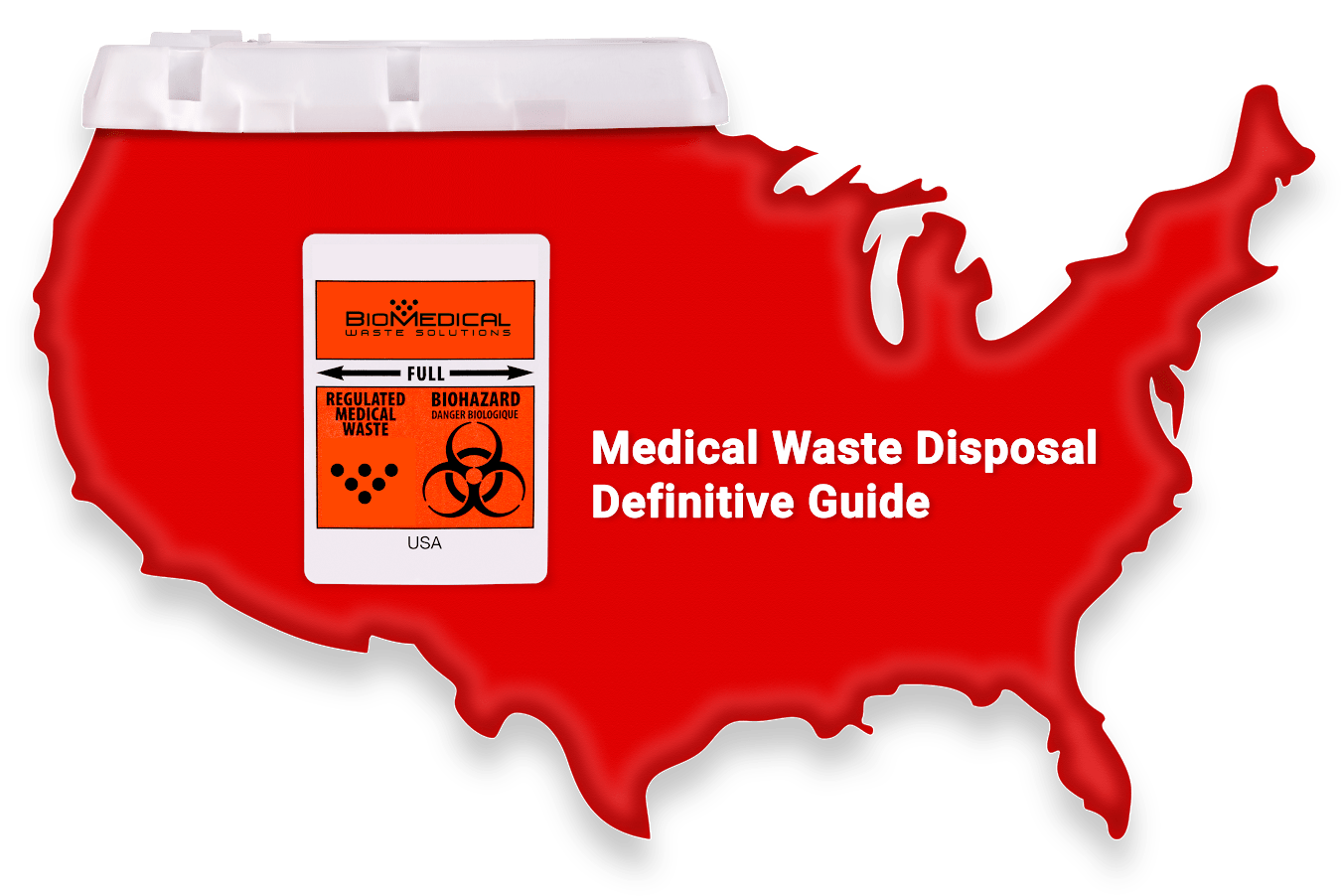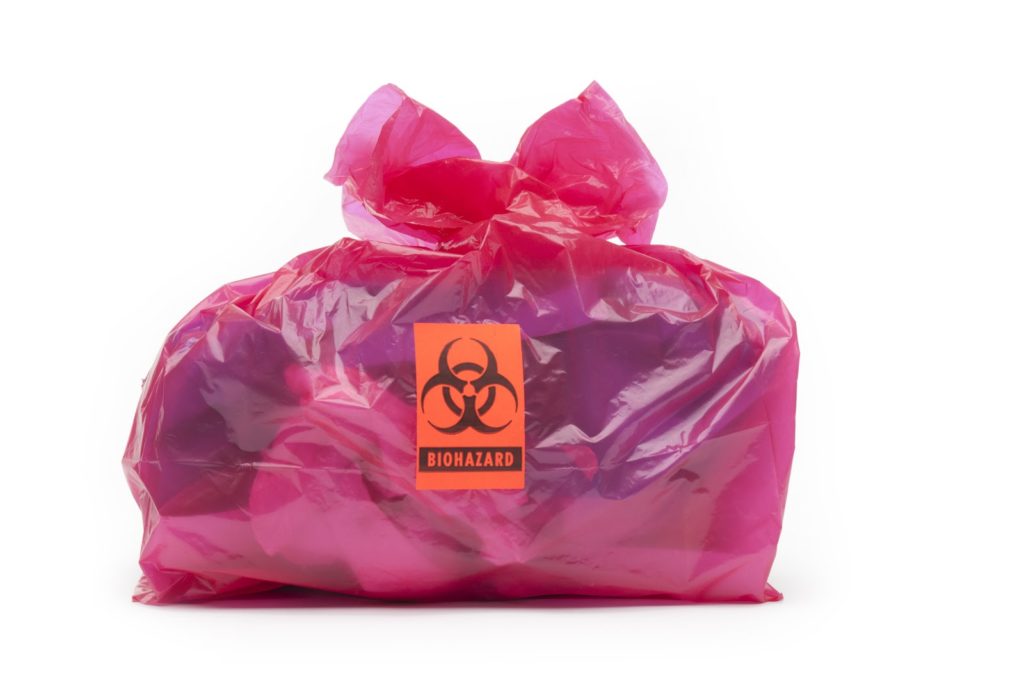Streamlined Solutions: Streamlining Health Care Protocols with Specialist Medical Waste Disposal
Streamlined Solutions: Streamlining Health Care Protocols with Specialist Medical Waste Disposal
Blog Article
Recognizing the Different Kinds of Garbage Disposal Strategies
In the realm of waste management, the array of disposal strategies available today is huge and varied, each approach offering a distinctive function in dealing with the challenge of garbage disposal. click here. From recycling techniques that aim to give brand-new life to materials, to the complex processes of unsafe waste administration, the landscape of waste disposal is complicated yet essential for environmental sustainability. Understanding the subtleties of these different strategies not only clarifies the significance of accountable waste monitoring but also motivates us to reassess our method towards garbage disposal in a quickly developing world

Recycling Approaches
Recycling techniques are critical for lasting waste administration techniques in both industrial and property setups. medical waste removal. By applying reliable recycling approaches, a considerable quantity of waste can be diverted from landfills, conserving natural deposits and decreasing the ecological impact of production processes
In domestic areas, curbside recycling programs play a crucial duty in motivating homes to separate recyclable products from general waste. Materials such as paper, plastics, glass, and metals can be sorted and accumulated for handling into brand-new items, reducing the requirement for basic materials and energy-intensive manufacturing processes.
Industrial facilities also depend on recycling techniques to minimize waste generation and advertise a round economic situation. By carrying out closed-loop systems, companies can recycle products within their manufacturing procedures, minimizing costs and environmental footprint. medical waste removal near me. Furthermore, commercial recycling programs usually include collaborations with specialized recycling facilities to guarantee that products are appropriately sorted, refined, and reintegrated right into the supply chain
Composting Strategies

Oxygenated fixed pile composting involves blending natural waste materials in a large heap and frequently turning it to make certain appropriate oygenation. This strategy is well-suited for smaller-scale procedures and households.
In-vessel composting involves placing natural waste in a closed container with regulated problems for temperature level and aeration. Windrow composting includes developing long rows of natural waste and consistently turning them to promote disintegration - medical waste disposal.
Garbage Dump Disposal
Land fill disposal is a commonly made use of technique for handling waste that can not be recycled or composted. It involves burying waste in designated areas of land, with appropriate preventative measures to avoid environmental contamination. Garbage dumps are crafted centers developed to isolate waste from the surrounding environment. The waste is compressed and covered with soil daily to reduce smells, prevent insects, and lessen the spread of trash. Modern land fills are equipped with protective linings and keeping track of learn this here now systems to avoid leak of hazardous substances right into the dirt and groundwater. Methane gas, a by-product of decaying natural waste in land fills, is often gathered and used as a source of renewable resource. Despite advancements in garbage dump innovation, worries stay about the long-term ecological impacts, such as groundwater contamination and greenhouse gas emissions. Efforts to reduce dependence on land fills consist of advertising waste reduction, reusing, and discovering alternative garbage disposal techniques to minimize the ecological impact connected with conventional land fill disposal methods.

Waste-to-Energy Incineration
Incineration of waste for energy generation is an approach progressively being taken into consideration as an alternative to standard landfill disposal methods. Waste-to-energy incineration involves the burning of waste materials at heats, usually in specialized centers designed to produce power or heat through the procedure - click here. This technique not just decreases the quantity of waste that would or else be predestined for land fills yet likewise utilizes the warm generated throughout incineration to develop power
One of the crucial benefits of waste-to-energy incineration is its capability to generate electrical power while lessening the ecological effect compared to standard landfill disposal techniques. By converting waste right into power, this technique helps in reducing greenhouse gas discharges and reliance on fossil gas for energy generation. Additionally, waste-to-energy facilities are outfitted with innovative air pollution control technologies to mitigate possible toxic wastes released throughout the burning procedure.
Hazardous Waste Administration

Taking into consideration the vital significance of responsible waste administration techniques, specifically in the realm of ecological sustainability, the emphasis currently changes in the direction of the complex domain of Contaminated materials Monitoring. Contaminated materials positions considerable risks to both human health and the environment, requiring specific handling and disposal strategies. Common instances of contaminated materials include chemicals, batteries, pesticides, and digital waste.
Contaminated materials Management includes the recognition, collection, transport, treatment, and disposal of materials regarded possibly unsafe or unsafe. This procedure requires adherence to strict guidelines and guidelines to mitigate adverse impacts on communities and public health. Various methods are used in managing hazardous waste, consisting of recycling, safe and secure land fills, encapsulation, and chemical treatment.
Proper Contaminated Materials Monitoring is vital for protecting against contamination of soil, water resources, and air contamination. It is essential for industries, research laboratories, medical care facilities, and other generators of harmful waste to execute robust administration methods, training programs, and emergency action plans to guarantee the risk-free handling and disposal of these materials. Failing to handle harmful waste appropriately can have far-ranging consequences, emphasizing the value of persistent and responsible practices in this field.
Conclusion
In conclusion, waste disposal techniques play an essential function in handling and reducing the effect of waste on the setting. It is crucial for markets and people to comprehend the various waste disposal techniques offered and select the most suitable technique for sustainable waste monitoring.
In the world of waste monitoring, the selection of disposal methods offered today is substantial and varied, each technique serving a distinct function in addressing the obstacle of waste disposal. click here. From recycling techniques that intend to give new life to products, to the intricate procedures of harmful waste monitoring, the landscape of waste disposal is complicated yet essential for ecological sustainability. Comprehending the subtleties of these different strategies not only sheds light on the value of liable waste administration but also triggers us to reconsider our strategy towards waste disposal in a rapidly advancing world
Efforts to minimize reliance on land fills include advertising waste reduction, reusing, and discovering alternate waste disposal approaches to reduce the environmental footprint associated with typical landfill disposal practices.
It is vital for individuals and markets to comprehend the different waste disposal strategies available and select the most appropriate technique for lasting waste monitoring.
Report this page